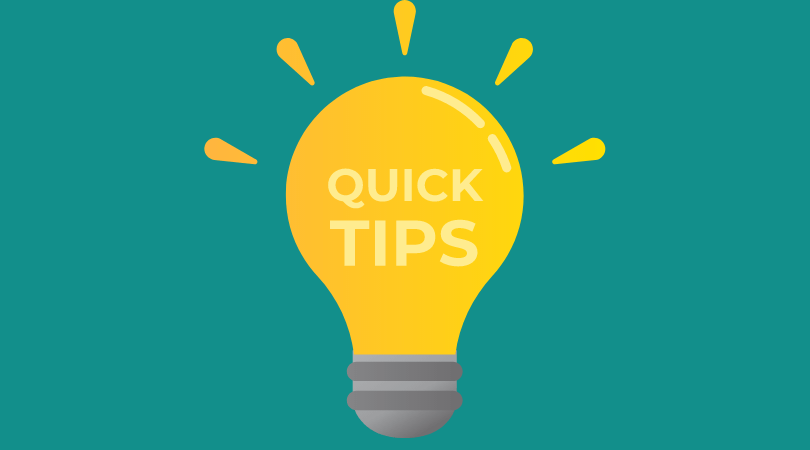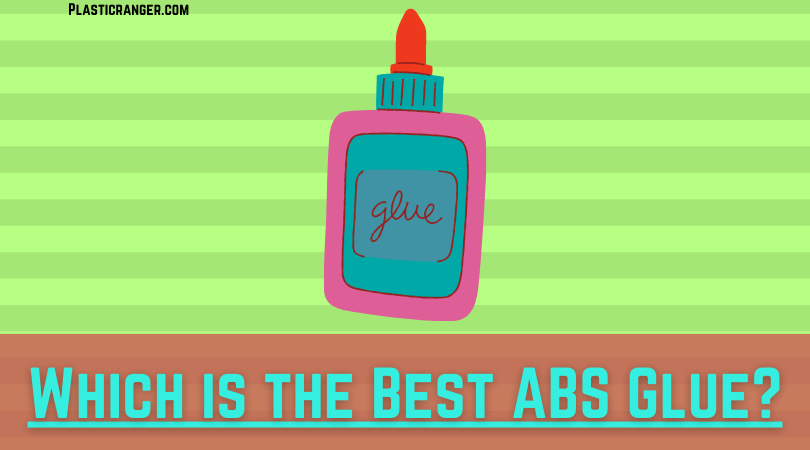Which is the Best ABS Glue?
Before talking about the best ABS glues and adhesive types, let’s first understand the basics of ABS material. It is an opaque, amorphous plastic known for its impact resistance and easy bonding properties. Bonding ABS is easy but comes with its own sets of challenges.
While various plastic glues (plastic adhesives) can be used for bonding ABS, the most commonly used glues are 2 components epoxy, cyanoacrylate, structural acrylic, and UV-curable adhesives.
Types of ABS Adhesives
All types of cyanoacrylate, 2 components of epoxy, and structural acrylic and UV curable adhesives bond well with ABS.
What adhesive suits you the best depends compete on your specific needs. For example, if you are looking for a flexible solution, always go for MS Polymers.
Another good example of particular set of features is UV-curable adhesives, which are known to form strong bonds and provide light to the joint.
Selecting the right adhesive, depending on your application, is not an easy task. Certain technicalities, such as solvent and temperature resistance, must be taken care of.
Below is the table sharing popular ABS glues’ solvent and temperature resistance.
| Solvent Resistance | ||
| Polar | Non-Polar | |
| Anaerobic | Very Good | Very Good |
| Cyanoacrylate | Poor | Good |
| Epoxy Part 1 | Very Good | Excellent |
| Epoxy Part 2 | Very Good | Very Good |
| Epoxy Modified | Good | Very Good |
| MS Polymer | Good | Fair |
| Polyurethanes | Good | Good |
| Structural Acrylic – No Mix | Good | Very Good |
| Structural Acrylic – Part 2 | Good | Very Good |
| Structural Acrylic – Part 2 MMA | Good | Very Good |
| UV Curable | Good | Very Good |
| Temprature Resistance | ||
| Standard |
High Temp Grade
| |
| Anaerobic | 150 °C (300 °F) | 230 °C (450 °F) |
| Cyanoacrylate | 85 °C (185 °F) | 250 °F (480 °F) |
| Epoxy Part 1 | 180 °C (350 °F) | 300 °C (570 °F) |
| Epoxy Part 2 | 80 °C (175° F) | 300 °C (570 °F) |
| Epoxy Modified | 80 °C (175° F) | – |
| MS Polymer | 80 °C (175° F) | – |
| Polyurethanes | 120 °C (250° F) | – |
| Structural Acrylic – No Mix | 150 °C (300 °F) | 200 °C (390 °F) |
| Structural Acrylic – Part 2 | 120 °C (250° F) | – |
| Structural Acrylic – Part 2 MMA | 120 °C (250° F) | – |
| UV Curable | 120 °C (250° F) | 150 °C (300 °F) |
Pro Tip – Always consult with a professional before taking any significant step related to gluing any plastic material, let alone gluing ABS plastic. That will give an idea of which ABS glue suits you the best for your needs.
Engaging Read – ABS Melting Point, Properties, Applications, Advantages & Disadvantages
Tips for ABS Surface Preparation

Surface Preparation
One of the critical steps in ensuring a strong bond when using ABS glue is prepping the surface correctly.
A surface laden with dust, grease, or any contaminants can interfere with the adhesive’s ability to form a bond.
Cleaning: Begin by wiping away any visible debris. For optimal cleaning, use a mild detergent or isopropyl alcohol on a cloth or sponge.
These substances can effectively break down and remove grease, oils, and other residues without harming the ABS material.
Drying: After cleaning, it’s essential to let the ABS surface dry thoroughly.
Any residual moisture can compromise the glue’s performance. Use a clean cloth to pat the surface dry or let it air dry in a dust-free environment.
Roughening (Optional): You might consider lightly sanding the ABS surface with fine-grit sandpaper for exceptionally demanding applications.
This creates microscopic grooves that can enhance the adhesive’s grip. However, always ensure you wipe away any resulting dust before gluing.
Application
Not all adhesives are the same, and their application can vary based on their formulation and intended use.
Read Instructions: Always refer to the manufacturer’s guidelines before using the glue. They offer the most accurate instructions tailored to that specific product.
Amount of Glue: Avoid using excessive glue, thinking it might result in a stronger bond.
Too much adhesive can lead to a weaker bond or extended drying times. A thin, even layer is often more effective.
Dual or Single Surface: Some ABS glues are designed to be applied to bonded surfaces, while others are effective with a single-sided application.
Knowing the difference can influence the bond’s strength and longevity.
Clamping
While some fast-acting glues bond in seconds, others, like epoxies, might take hours to set fully.
Why Clamp: Clamping holds the ABS parts in place, ensuring they don’t shift during the curing process. This ensures a consistent and even bond.
Type of Clamp: Use soft clamps or those with padded ends to avoid damaging the ABS surface. Ensure the clamps apply even pressure across the bonding area for uniform adhesion.
Safety: Safety should never be an afterthought when working with chemicals and adhesives.
Ventilation: Ensure your workspace is well-ventilated. Some ABS glues, especially those solvent-based, emit fumes that can be harmful if inhaled in concentrated amounts over time.
Protective Gear: Always wear gloves to avoid skin contact with the adhesive. Some glues can cause skin irritation or more severe reactions.
Safety goggles or glasses are equally essential, especially when there’s a risk of splashing or if you’re leaning close to your work.
Safe Storage: Post-application, store the glue in a cool, dry place out of the reach of children. Ensure the cap or lid is securely fastened to prevent spills or unintended exposure.
General Properties of ABS
| Surface energy | 42 mJ/m² |
| Maximum service temperature | 89°C |
| Softening Temperature | 100°C |
| Processing Temperature | 205-275 °C |
| Tensile Strength, Yield at 23 C | 28 – 120 MPa |
| Mould Shrinkage | 0.002 – 0.007 % |
| Density |
1.03 – 1.14 g mL-1
|
ABS Applications
ABS is used in various products in multiple industries such as Automotive, Electrical equipment, and appliances.
Automotive Applications – Dashboard components, instrument panels, pillar trim, steering wheel covers, seat belt components, door liner handles.
Electrical Applications – Electrical enclosures and computer keyboards.
Appliances – Vaccum cleaners, shavers, refrigerator liners, food processors, control panels, toasters, irons, etc.
FAQs

Is it important to clean ABS before gluing?
Cleaning the surface is very important before gluing as it will help achieve maximum penetration into the fitting. The surface where the glue is applied must always be free of water, dirt, and even identification stickers for best results. In addition, always apply glue to both surfaces.
Does Gorilla glue work on ABS plastic?
While various plastic adhesives are useful with ABS, gorilla glue is not suitable for ABS. It doesn’t stick to ABS properly becomes very messy.
What is the strongest glue for plastics?
The world’s strongest glue for plastics is Loctite Plastics Bonding System. It’s a two-part cyanoacrylate adhesive, and its water-resistant sets in seconds with minimal effort dries clear.
Will epoxy stick to ABS?
ABS will bond well with mostly all epoxies without causing flaming. Just rough it up and wipe it with acetone (be quick, or acetone will damage ABS). However, many plastic materials would not bond that well even with flaming.
How do I prevent ABS from sticking?
Tips to prevent ABS from sticking while 3D printing are as follows:
- Set adequate temperature
- Decrease printing speed
- Use bed adhesives
- Increase flow rates
- Increase first layer height and width
- Turn off the cooling fan
Conclusion
In selecting the best ABS glue, it’s crucial to prioritize surface preparation, ensuring clean and dry bonding areas. Adhering to the manufacturer’s application instructions, using clamping techniques for slower-setting adhesives, and adhering to safety protocols, especially in well-ventilated spaces, are pivotal. Ultimately, the right ABS adhesive will provide a bond that’s durable, resistant, and tailor-made for the project’s specific needs, ensuring lasting results and optimal performance.
Leave your thoughts and reviews in the comment box; I’ll answer you back.
Quick Navigation

